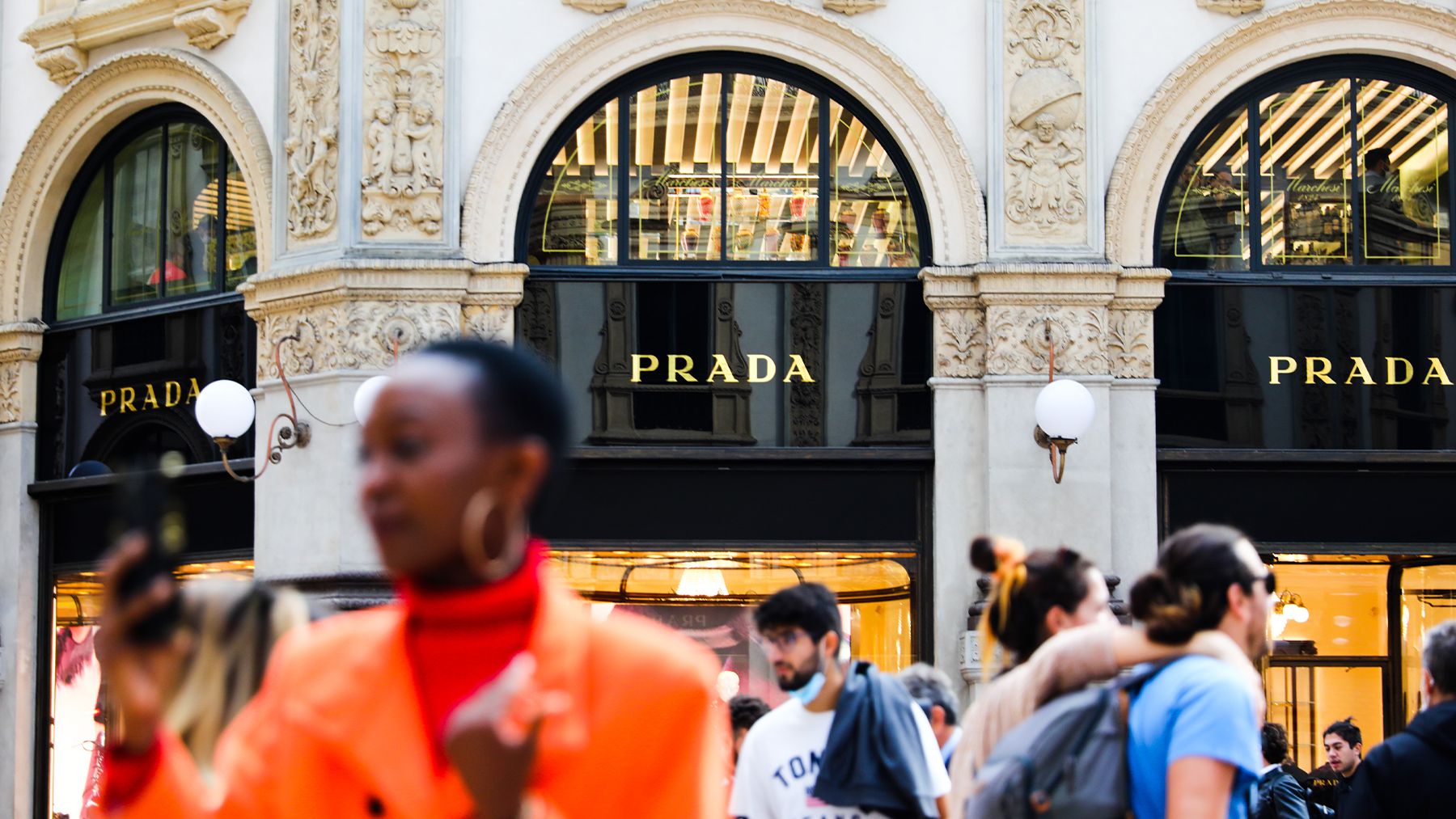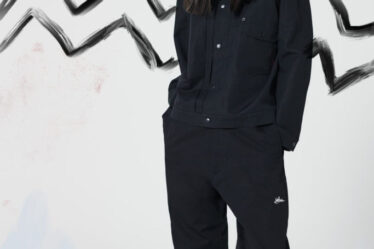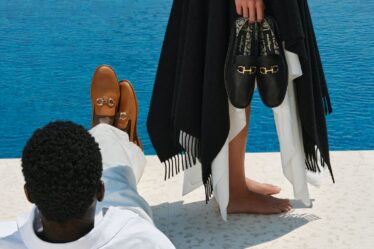
Prada Group’s new CEO Andrea Guerra has voiced his ambition to double its flagship brand’s retail space productivity, identifying this as the most important opportunity for the company in the next few years. “From day one, I am arguing and talking about productivity,” he said. “There is a lot to be done. The ambition is to double it in three or four years… It is the biggest like-for-like opportunity we have.”
In luxury goods, improving retail space productivity — or sales per square foot across a company’s store network — is at the heart of shareholder value creation. That’s because luxury goods is a fixed cost industry, with many of those costs at the store level, in prime location rents and sales associate salaries. Better sales densities provide greater operating leverage over these fixed costs and boost profit margins, return on invested capital and, ultimately, shareholder value.
Today, Prada is materially behind bigger soft luxury competitors on retail space productivity, according to Bernstein estimates. The brand has approximately half the retail space productivity of Kering flagship Gucci and less than 25 percent the productivity of LVMH cash cow Louis Vuitton.
The issue is partially structural: retail space productivity is a function of the marketing dollars a brand can spend, and Prada, being significantly smaller than Gucci and Louis Vuitton, would be hard pressed to match their marketing budgets. But much of the gap stems from inefficient retail operations as well as the size of Prada stores. Prada has a high quality retail network, but its stores are often too large.
Guerra has indicated that Prada will use an array of measures to increase retail space productivity — including faster and more efficient operations (to improve the replenishment of top sellers), customer service and clienteling (to increase sales per customer, favour repeat purchases and increase items per basket), and, one presumes, rightsizing stores that are too large in non-strategic locations.
Prada is coming from behind on retail space productivity compared to peers. The jury is out on how much the company will be able to achieve. But the headroom for improvement is definitely there.
Luca Solca is head of luxury goods research at Bernstein.



